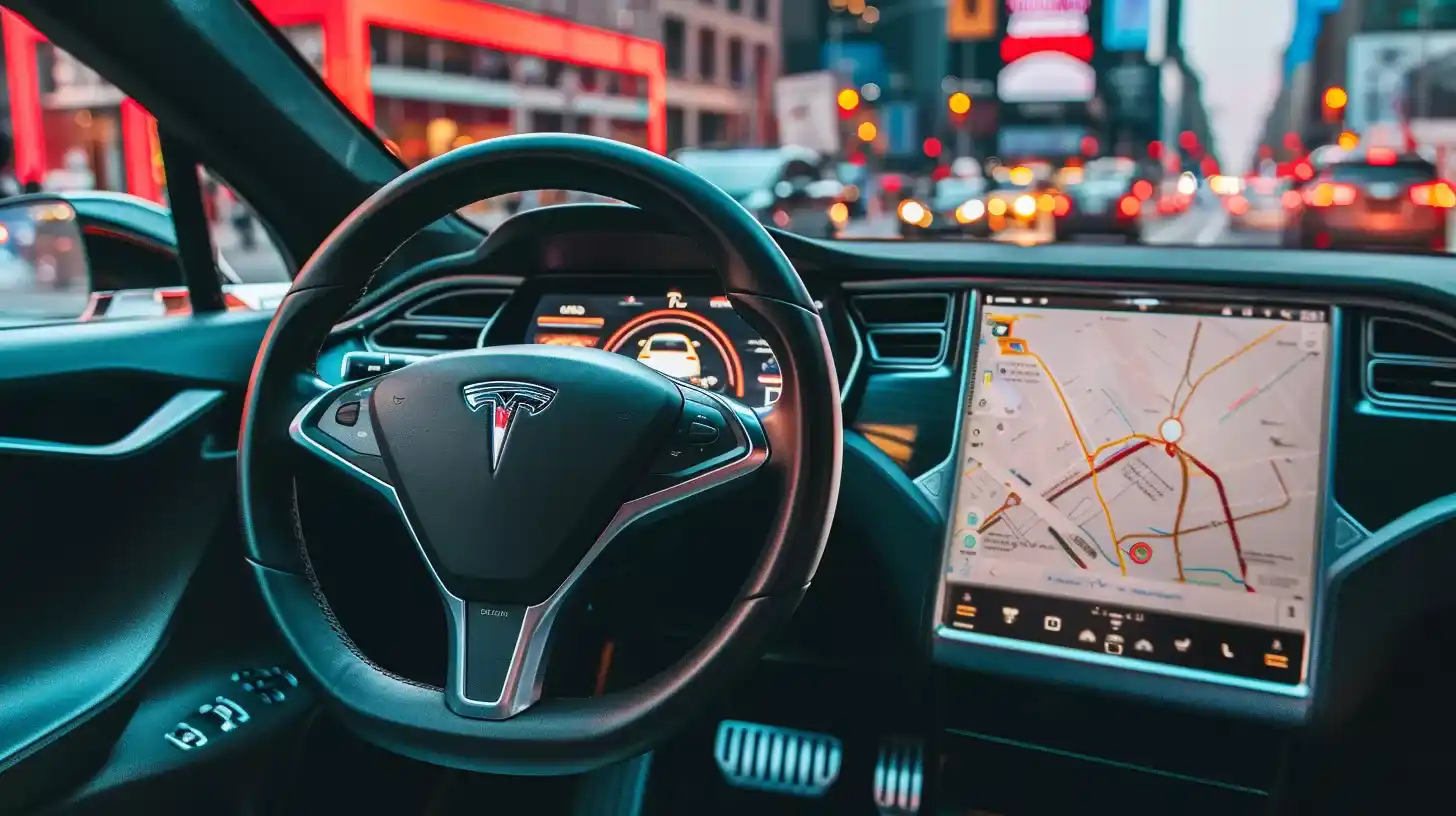Table of Contents
Tesla is on the verge of unveiling its highly anticipated Tesla Robotaxi on August 8, 2024. This marks a significant milestone in the company’s journey towards self-driving transportation and could reshape the future of mobility. The Tesla Robotaxi combines Tesla’s latest Full Self-Driving (FSD) software with its revolutionary 3rd generation vehicle manufacturing, paving the way for a new era of “Transport as a Service” (TAAS).
Positive Reviews for Tesla’s FSD Software
The excitement surrounding the Tesla Robotaxi stems in part from the positive feedback on the latest FSD Beta version 12.3.3. Tesla drivers participating in the beta program have reported zero interventions during complex city drives, highlighting the software’s significant progress.
“It’s a pretty remarkable departure in behavior from V11,” said James Douma, a Tesla owner who has been testing the software. “It just works, you just don’t have interventions anymore.” Douma and other testers like Omar Qazi have shared videos showcasing the FSD’s capabilities in handling lane changes, navigating intersections, and stopping for pedestrians, all without human input.
Tesla’s Vision-Based Approach to Self-Driving
Unlike some companies that rely on LiDAR technology, Tesla has opted for a camera-based vision system with artificial intelligence. This approach aligns with how humans navigate the world, relying on visual cues like road lines and traffic signs. Tesla’s FSD software is remarkably sophisticated, able to differentiate between various vehicle types, pedestrians, and even objects like traffic cones with exceptional precision. It can also read traffic signage, a crucial capability for safe autonomous driving.

Tesla’s Commitment to FSD Technology
Tesla‘s confidence in its FSD software is further evidenced by CEO Elon Musk’s recent directive. Tesla staff are now required to provide full FSD demonstrations during vehicle deliveries in North America. This large-scale exposure will not only generate valuable data but also boost public confidence in the technology. Additionally, Tesla’s recent expansion of the FSD Beta program from 500,000 to 2.2 million users in North America signifies a wider push toward real-world testing and refinement.
FSD Software Outpacing Predictions
The rapid advancements in Tesla’s FSD software are outpacing even the predictions of leading tech futurists. Tony Seba, known for his bold forecasts, predicted a $50/kWh price point for lithium-ion batteries by 2027. However, Chinese battery manufacturers are likely to achieve this milestone by mid-2024. Seba also underestimated the progress in battery longevity. He anticipated the first million-mile battery by 2030, but a recent announcement from a Chinese company boasts a new EV battery with a 1.5 million km warranty.
Seba’s insights on autonomous vehicles are equally intriguing. He predicts a significant drop in transportation costs per mile when self-driving electric vehicles converge with ride-hailing services. This could lead to a massive shift away from car ownership, with people opting for the convenience and affordability of Robotaxis. Seba argues that the extended lifespan of EVs with million-mile batteries, coupled with the low operational cost of Robotaxis, will significantly impact the traditional car market.
Tesla Robotaxis: A Potential Goldmine
In 2019, Elon Musk projected that Tesla Robotaxis could generate revenue of $30,000 per year for their owners. Considering the price of a Tesla Model 3, this suggests that a Robotaxi could potentially pay for itself within the first year of operation, especially with the extended lifespan offered by million-mile batteries. This translates to a potential revenue generation of $300,000 over ten years for a single Robotaxi.
Tesla has also indicated that most Teslas manufactured since mid-2019 are equipped with hardware capable of supporting level 5 self-driving. This means that with a software update, these vehicles could be transformed into Robotaxis. With millions of such vehicles on the road, the potential asset value increase is staggering.
The Future of Transportation
The imminent arrival of the Tesla Robotaxi signifies a pivotal moment in the transportation landscape. This self-driving technology has the potential to revolutionize mobility, offering a safer, more convenient, and potentially more affordable transportation option. The success of Tesla’s Robotaxi program could disrupt the traditional car industry, particularly the market